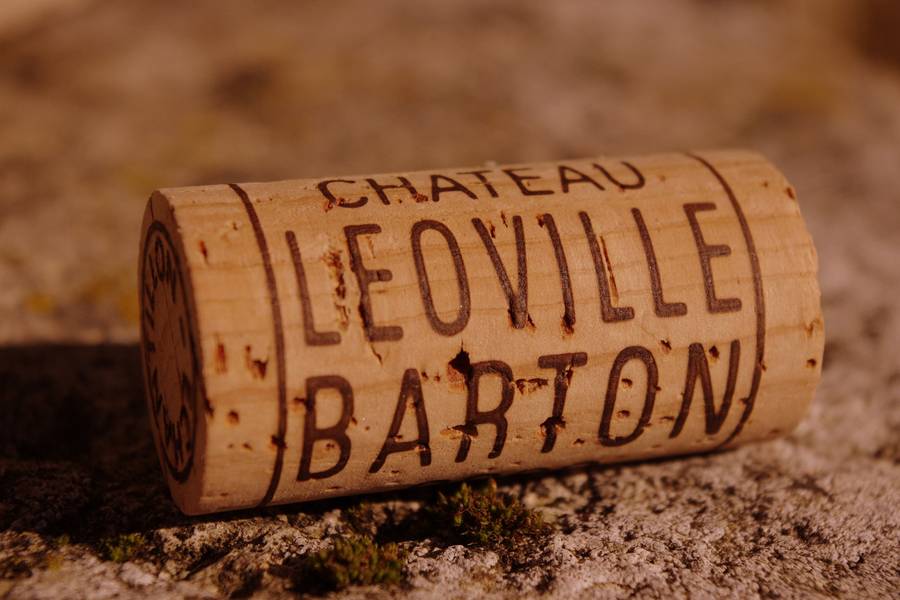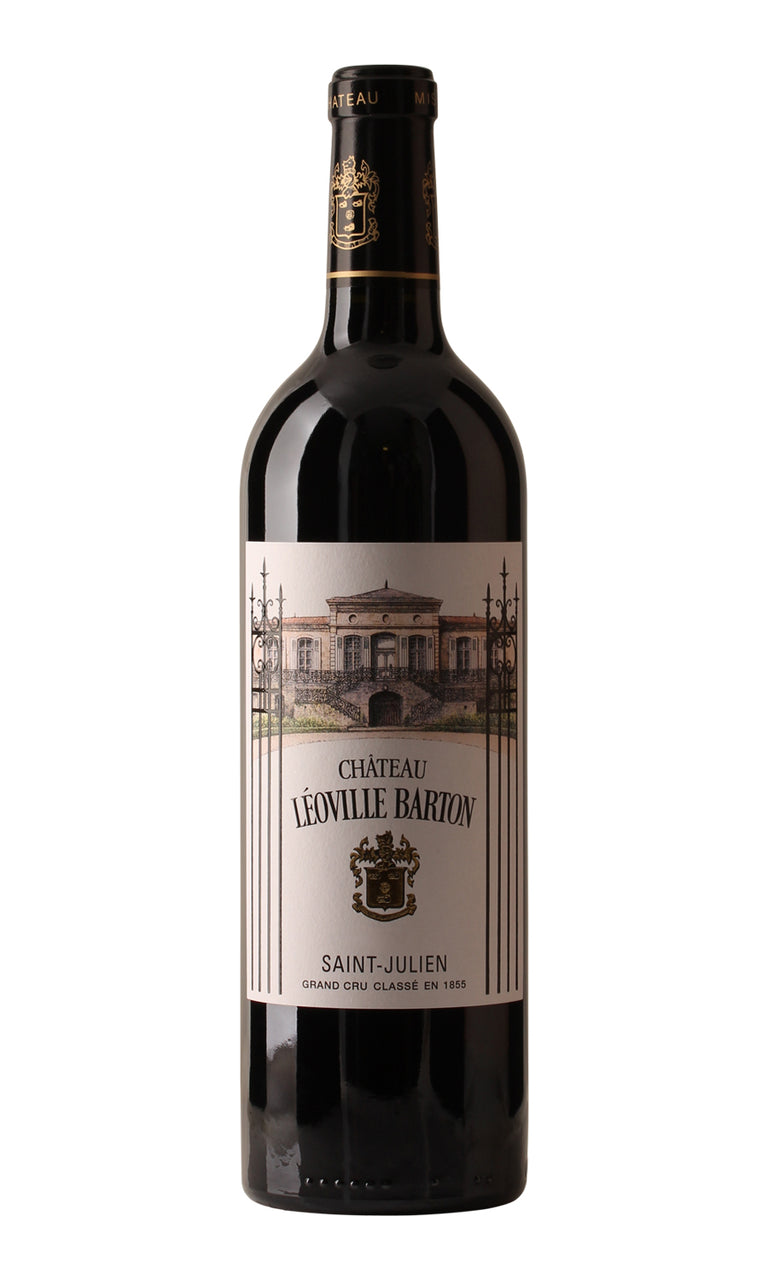- Colour Red
- Producer Château Léoville Barton
- Region St Julien
- Drinking 2005 - 2025
- Case size 12x75cl
- Available Now
1995 - Ch Léoville Barton 2ème Cru St Julien - 12x75cl
- Colour Red
- Producer Château Léoville Barton
- Region St Julien
- Drinking 2005 - 2025
- Case size 12x75cl
- Available Now
Select pricing type
Need help? Call +44 (0)20 7793 7900 or email wine@goedhuiswaddesdon.com.
-
Robert Parker, April 1996, Score: 91-94
Both the 1994 and 1995 Leoville-Barton were tasted on three separate occasions with identical score ranges. Obviously, Leoville-Barton produced one of the top wines in each vintage. Given the modest pricing policy of proprietor Anthony Barton, these are wines to buy. The 1995 should turn out to be an even greater wine than the 1994 because the Cabernet Sauvignon achieved better ripeness. The wine's acidity is lower, and yields were modest. This muscular, full-bodied, stunningly concentrated and pure wine exhibits that layered, skyscraper-like feeling in the mouth that is symbolic of some of the finest Bordeaux wines. The nose offers up copious quantities of sweet, jammy ripe fruit intertwined with scents of toasty oak. Low acidity gives the wine a voluptuous, thick, unctuous texture (not unlike the 1982), but there is plenty of tannin lurking behind the fruit. When asked if the 1995 represents a blend of this estate's very successful 1985 and 1986, Anthony Barton smiled wryly, and said his 1995 is an "85 1/2." I think it might be an 85 3/4 , but I won't argue the point. This is one of the top wines of the vintage. It will last for 20-25+ years.All of the wines in this segment were tasted between March 19 and March 28 in Bordeaux. Most of the important wines from both the 1994 and 1995 vintages were tasted three separate times during my ten-day stay in Bordeaux. Drink: 1996-2021.
-
Robert Parker, January 1998, Score: 92
The 1995 reveals an opaque purple color, followed by a sweet, cassis-scented nose intermingled with roasted herbs and spicy oak. One of the more tannic, backward 1995s, with a 1986-like density, richness, and full-bodied power, this slowly evolving, giant-sized St.-Julien will test the patience of all but the most serious Bordeaux wine enthusiasts. Anticipated maturity: 2007-2030. Last tasted 1/97.
-
Robert Parker, February 1997, Score: 91-93
It is no secret that Anthony Barton's efforts over the last decade at his St.-Julien estate, Leoville-Barton, is resulting in terrific wines at still reasonable prices. This estate has been extremely successful in recent vintages. The 1995 reveals an opaque purple color, followed by a sweet, cassis-scented nose intermingled with roasted herbs and spicy oak. One of the more tannic, backward 1995s, with a 1986-like density, richness, and full-bodied power, this slowly evolving, giant-sized St.-Julien will test the patience of all but the most serious Bordeaux wine enthusiasts. Anticipated maturity: 2007-2030.
-
Robert Parker, February 1998, Score: 91
Somewhat closed and reticent after bottling, but still impressive, this 1995 possesses a dark ruby/purple color, as well as an oaky nose with classic scents of cassis, vanillin, cedar, and spice. Dense and medium to full-bodied, with softer tannin and more accessibility than the 1996, but not quite the packed and stacked effect on the palate, the 1995 is an outstanding textbook St.-Julien that will handsomely repay extended cellaring. Anticipated maturity: 2004-2025.
Producer
Château Léoville Barton
One of the great names in classically styled claret, Léoville Barton has been owned by the same family throughout its entire existence - an unheard of rarity in Bordeaux. Their roots can be traced back to 1826, when Hugh Barton bought 50 hectares of vines in the heart of St Julien and subsequently Château Leoville Barton was made a 2ème Cru Classe in the 1855 classification. Today, the Château is run by Anthony Barton’s dau...Read more
One of the great names in classically styled claret, Léoville Barton has been owned by the same family throughout its entire existence - an unheard of rarity in Bordeaux. Their roots can be traced back to 1826, when Hugh Barton bought 50 hectares of vines in the heart of St Julien and subsequently Château Leoville Barton was made a 2ème Cru Classe in the 1855 classification. Today, the Château is run by Anthony Barton’s daughter Lillian and her son Damien Barton-Sartorius. Unusual for the Médoc region, there is no château based on the property. As a result, the wines are vinified and aged at neighbouring Langoa Barton, which as its name suggests, is also owned by the Barton family.Read less

Region
St Julien
St Julien is like the middle child of the Médoc - not as assertive as Pauillac or as coquettish as Margaux. It lies firmly between the two more outspoken communes and as a result produces a blend of them both. St Julien's wines have often been sought out by aficionados for their balance and consistency, particularly in the UK. Yet due to its middle child nature, it can occasionally be overlooked globally and as a result underrated by those markets outside the UK. Despite the fact that it has no first growths, it has several second growths including Léoville Las Cases, Léoville Barton, Léoville Poyferré and Ducru Beaucaillou as well as the celebrated châteaux such as Talbot and Beychevelle.




